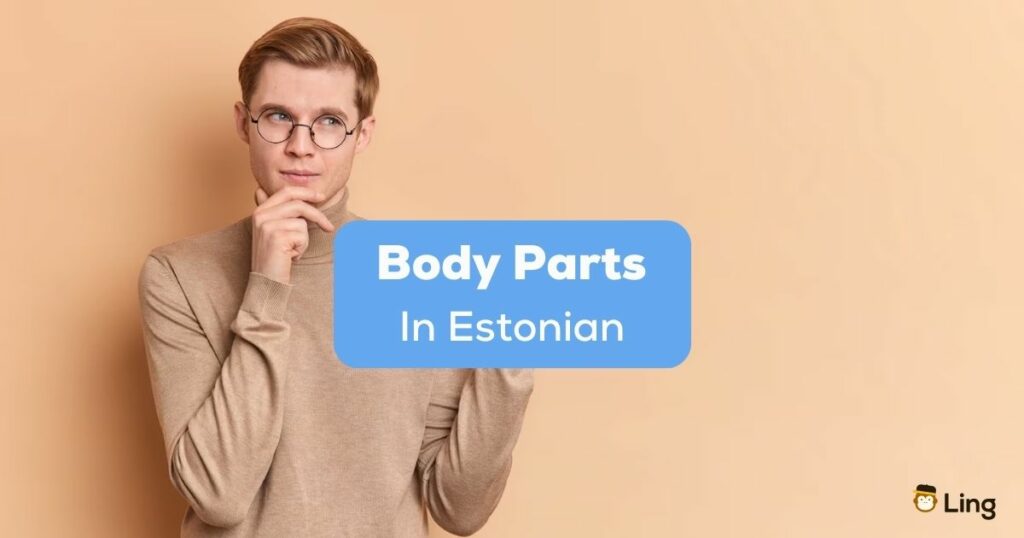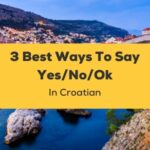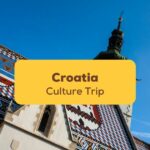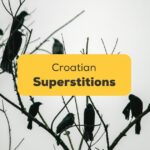Estonian has its own words for body parts. It’s a language that’s different from many others. Are you curious how to say “head” or “arm” in Estonian? This article is for you! Here, we’ll go over the names of common body parts in Estonian. You’ll learn the words for the face, upper body, lower body, and more.
If you’re interested in learning the Estonian language or just want to learn something new, keep reading!
Basic Translations Of Common Body Parts In Estonian
In Estonian, body parts aren’t just words. They tell you about the culture and how people talk. Want to know more about Estonian daily life? Let’s learn these words together.
Head And Face
The head and face mean a lot in Estonia. They’re in expressions and idioms. Let’s look at them:
- Eyes (Silm): In Estonia, eyes are like windows to the soul. You say “Silm” for eye and “Silmad” for eyes.
- Ears (Kõrv): “Kõrv” means ear. It’s about listening and understanding, just like in many places.
- Nose (Nina): Say “Nina” for the nose. It’s a neutral word used for smelling the tasty dishes of Estonians.
- Mouth (Suu): The word for mouth is “Suu.” You’ll hear it in talks about speaking or eating.
Upper Body
The upper body words in Estonian are about daily life. Here’s what they mean:
- Arms/Hands (Käsi): “Käsi” means arm and hand. In Estonia, strong hands mean hard work.
- Fingers (Sõrm): Say “Sõrm” for fingers. It’s about skill and doing things with care.
- Shoulders (Õlg): “Õlg” is the word for shoulder. It might also mean supporting or carrying something big.
Lower Body
The lower body words in Estonian are simple but meaningful. Here’s what you need to know:
- Legs (Jalg): “Jalg” means both leg and foot. It’s about moving and going places.
- Feet (Jalg): Same as leg, it’s “Jalg.” You’ll know what it means by how it’s used.
- Knees (Põlv): For the knee, say “Põlv.” In Estonia, it might also be about age or family.
Internal And External Features
Estonian has special words for inside and outside body parts. Here’s how to say them:
- Skin (Nahk): “Nahk” is the word for skin. In Estonia, it’s about health and looking good.
- Hair (Juuksed): Say “Juuksed” for hair. Hair means life and energy in Estonian culture.
- Stomach (Kõht): “Kõht” means stomach. It’s a word you’ll hear when people talk about food or feeling well.
- Chest (Rind): For the chest, say “Rind.” In Estonia, the chest is about courage and heart.
So, that’s human body parts in Estonian. They’re more than just words. They tell you about people and how they live. Let’s move on.
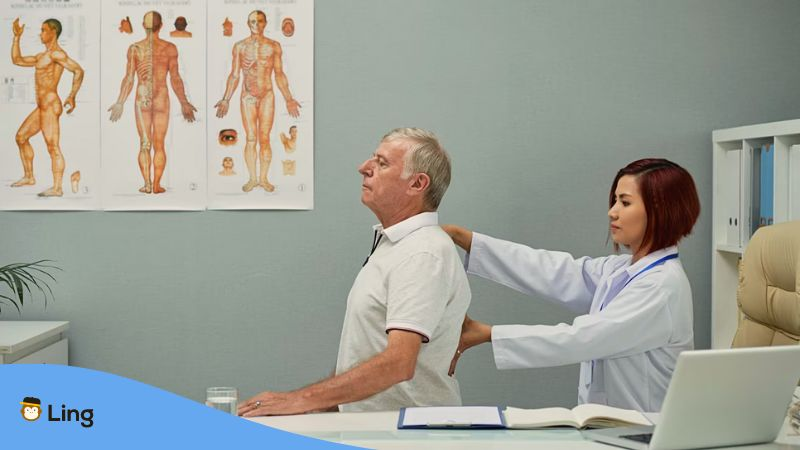
Medical And Specialized Terminology
Medical words in Estonian are a bit different. If you’re in healthcare or just curious, you’ll want to know them. Let’s look at some medical terms and how to say them right.
Medical Terms
Medical words in Estonian are for doctors, nurses, and anyone in healthcare. But they’re not just for them. You can learn them too. Here’s what you need to know:
- Heart (Süda): “Süda” means heart. Doctors use it when they talk about heart problems or heart health.
- Lung (Kops): Say “Kops” for lung. It’s a word for the body part that helps you breathe.
- Liver (Maks): “Maks” is the word for liver. It’s about digestion and filtering what’s in your blood.
- Brain (Aju): For the brain, say “Aju.” It’s the part that thinks and remembers things for you.
Pronunciation Guide
Estonian words can be hard to say. But don’t worry, you can learn them. Here’s how:
- “Süda” (Heart): Say it like “soo-da.” Think of “soo” like “zoo,” and then add “da.”
- “Kops” (Lung): It’s like “koh-ps.” Say “koh” like “go,” and then add “ps.”
- “Maks” (Liver): Say it like “mah-ks.” Think of “mah” like “ma” in “mama,” and then add “ks.”
- “Aju” (Brain): It’s like “ah-yoo.” Say “ah” like “ah-ha,” and then add “yoo.”
How Estonians Take Care Of Their Body Parts
In Estonia, taking care of body parts is a blend of culture, tradition, and modern practices. It’s about looking good and feeling connected to nature and the world. Let’s dive into what they do.
How They Keep Their Skin Glowing
Estonians really care about their skin, and they’ve got some unique ways to keep it healthy and beautiful. Here’s what’s happening:
- Saunas: Saunas aren’t just for sweating. They’re a way of life. People go to clean their skin, relax, and spend time with friends. It’s a big deal.
- Natural Products: Using natural skincare products made from local plants, oils, and fruits in Estonian is common. It’s about being kind to the skin and the environment.
How They Care For Their Hair
Hair care in Estonia is more than just a routine. They want to keep their hair strong and shiny in modern and traditional ways. Here’s what they do:
- Regular Trimming: Keeping hair neat is normal. Regular trims get rid of split ends and keep hair looking great.
- Herbal Treatments: Some still use herbal treatments like nettle, chamomile, or birch. It’s an old way to nourish and color hair that’s still alive.
How They Maintain Their Oral Health
Oral health is serious in Estonia, and there are some interesting ways to keep teeth and gums healthy. Here’s what you’ll find:
- Regular Check-Ups: Going to the dentist regularly is just what people do. It’s about catching problems early and keeping the mouth healthy.
- Natural Remedies: Some still use natural things like salt or baking soda to clean their teeth. It’s an old way, but it’s still around.

How They Stay Fit And Healthy
Staying fit is big in Estonia. It’s about being strong and feeling good. Here’s how they stay fit:
- Exercise: People love to exercise, especially outdoors. Activities like hiking, biking, skiing, or swimming are common in Estonia.
- Massage: Pampering with massage therapy is popular too. It’s often combined with a sauna visit to relax muscles and improve blood circulation.
Learn The Estonian Language With Ling!
You’ve just taken a fascinating tour of everything about body parts in Estonian. It’s a unique blend of language and culture that’s just the beginning of what you can learn.
Ready for the next lesson? With the Ling app, you can continue exploring beyond human body parts. And it’s not just Estonian; The Ling app offers 60+ languages to discover.
Why not take the next step? Download the Ling app today on Google Play or the App Store now.
Whether you’re curious about Estonia or looking to discover other languages and cultures, Ling has something for everyone!
